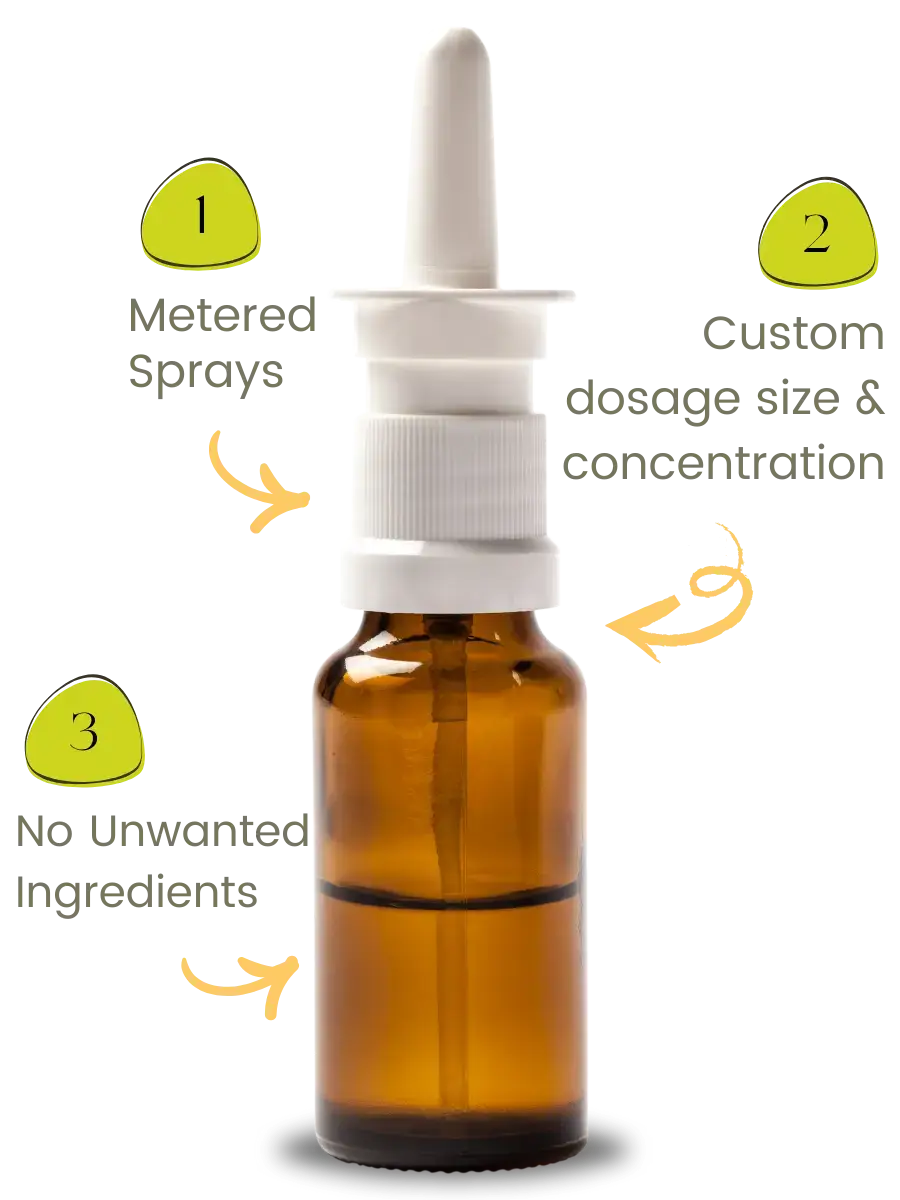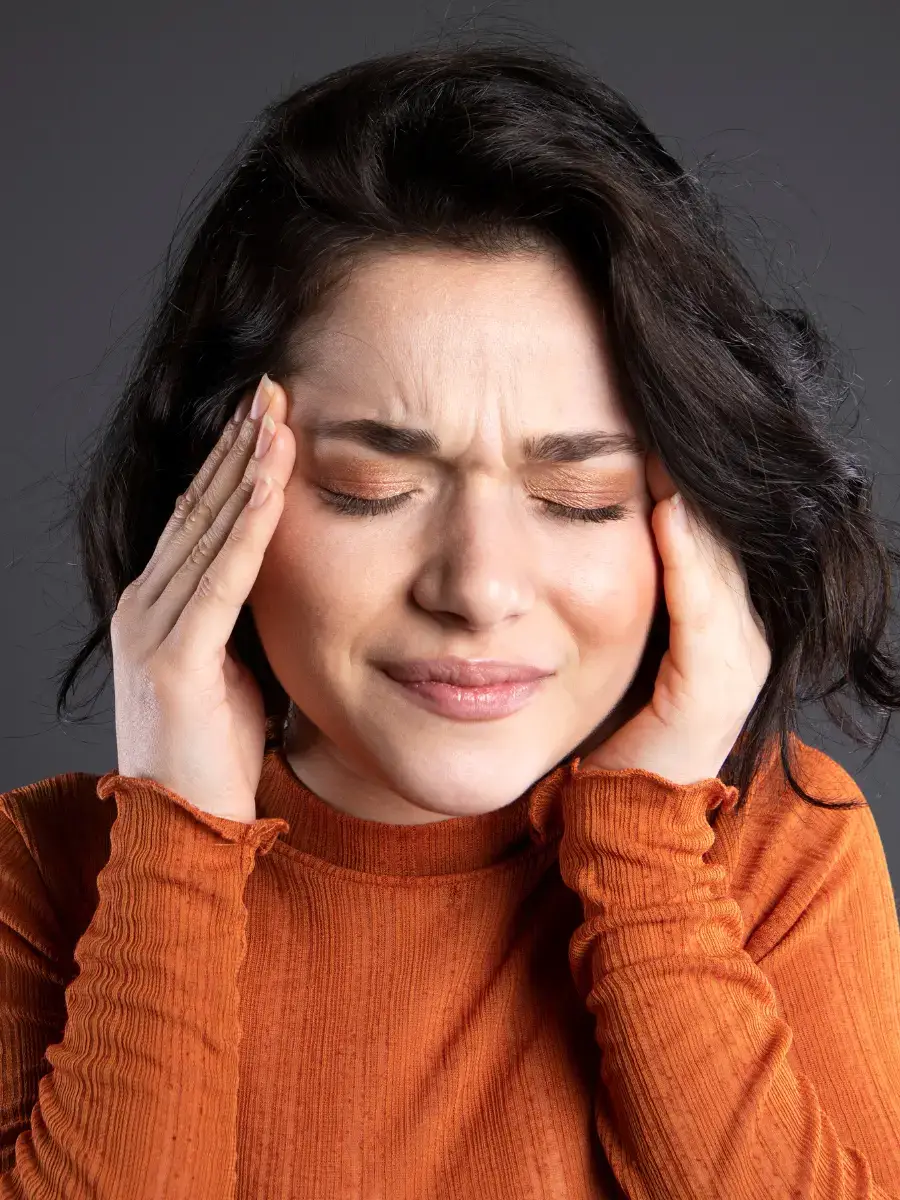
Ketamine has been drawing interest for its potential benefits in managing mental health conditions like depression, anxiety, and PTSD, as well as for its potential in managing chronic pain. Like any medication, it’s important to understand that ketamine may come with side effects.
While it offers advantages for many patients, these side effects should be considered when starting a regimen that includes ketamine.
Yes.
While ketamine as an anesthetic agent is FDA-approved, off-label uses (e.g., for depression) are legal when prescribed by a licensed provider and compounded for patient-specific needs.
At low, controlled doses for medical use, addiction risk is minimal. Ketamine is not neurologically addictive.
Psychological addiction is more of a factor when considering the potential for addiction when using compounded ketamine.
Relief varies. Some experience benefits for days or weeks after a dose, while others require maintenance sessions.
Consistency and adjunct therapy (e.g., counseling) help improve outcomes.
Forms such as nasal sprays, sublingual troches (lozenges), rapid-dissolving tablets, and topical creams are available for convenient at-home use under medical guidance.
For those with sensitivities, we offer allergen-free, dye-free, or preservative-free options.
These customizable formats allow your provider to match the delivery method to your treatment plan and individual needs.
Certain compounded forms, like nasal sprays and troches, may be prescribed for at-home use under strict medical oversight.
Providers will assess if this is suitable based on the patient's condition and safety.
IV ketamine and the traditionally prescribed nasal spray Spravato must be administered in a doctor's office.

Ketamine can be administered in various forms with unique side effects and considerations. Let’s break down the common forms of prescribed ketamine:


While many of the side effects of prescribed ketamine are temporary, there are ways to minimize discomfort:
Starting at a lower dose will help reduce the presence of side effects. This allows your body to adjust to the medication before moving on to larger doses.
Your healthcare team will help you navigate the dosing schedule and titration during ketamine treatment.
Compounding pharmacies can combine ketamine with medications such as anti-nausea drugs and sedatives. This helps manage nausea and anxiety for the patient.
Additionally, our pharmacy typically combines ketamine creams with other medications, such as muscle relaxers, anti-inflammatory agents, or numbing agents. We help patients find the combination that best fits their needs.

Staying hydrated and drinking water can help reduce a number of side effects. Proper hydration helps regulate blood pressure and maintain an electrolyte balance.
It also helps reduce headaches, dizziness, and nausea. Drinking water in the days leading up to treatment and the days following will support recovery and reduce fatigue or disoriented feelings.
Rest and recovery are important for patients after taking ketamine. Patients who experience fatigue and dizziness are encouraged to rest to reduce these side effects.
It also helps recover from the dissociative effects of ketamine.


Ketamine has helped many people with mental health conditions and chronic pain, but understanding its side effects is essential in managing the treatment experience.
Side effects can vary depending on the form of ketamine you are prescribed, so it’s important to discuss all options with your healthcare provider.